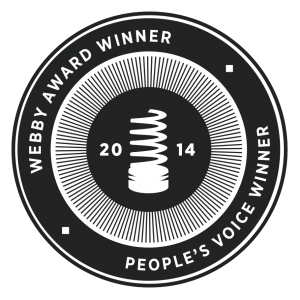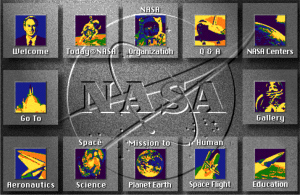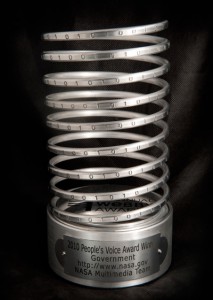It’s that simple. For the seventh time (and fifth in the last six years), you — the Internet public — have awarded NASA the Webby’s People’s Voice award for government websites. When the last results were published before voting closed, NASA’s site had 57 percent of the vote.
Though it has been nice to win the judges’ Webby in 2003 and 2012, it means more to the NASA web team to have won the People’s Voice Award in 2002, 2003, and from 2009 through 2012. We are grateful for the continued support you have given us, not just by voting for us but by visiting the site every day. More than a quarter of a million of you do. The NASA.gov team takes that as validation that we’re doing what we’re supposed to be doing: conveying the excitement of exploration to the public.
That takes a considerable team. Including infrastructure team members, more than 100 people work on www.NASA.gov. They sift through a considerable amount of content to bring you the best of what NASA does. Some days there’s so much going on that a story will make it to the front page in the morning and be forced off for newer, bigger stories before the end of the day.
I’d be remiss in not congratulating the other nominees: our federal colleagues at the National Oceanic and Atmospheric Administration and web teams from the city of New York, Sweden and Wales. NASA’s Jet Propulsion Laboratory was an honoree in the government category, and Space Center Houston, the private group affiliated with NASA’s Johnson Space Center, was a nominee in the science category.
And we’re not finished. As I’ve noted on the blog before, we headed into redesign that will address some of the problems people have (primarily visual clutter that makes navigation difficult) and turn www.NASA.gov into a responsive site that works much better on mobile devices. Stay tuned.



